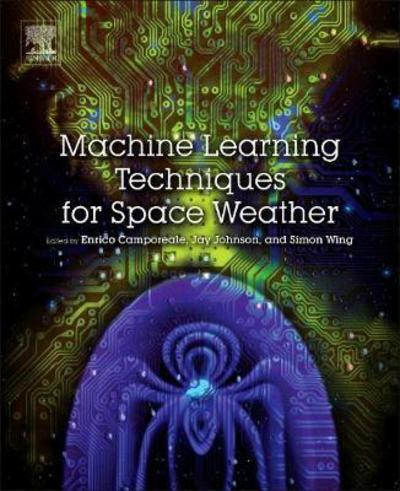Machine Learning Techniques for Space Weather

Table of Contents
0. Introduction
Space Weather
1. Societal and Economic Importance of Space Weather
2. Data Availability and Forecast Products for Space Weather
Machine Learning
3. Information Theory
4. Regression
5. Supervised Classification: Quite a Brief Overview
Applications
6. Untangling the Solar Wind Drivers of the Radiation Belt: An Information Theoretical Approach
7. Emergence of Dynamical Complexity in the Earth's Magnetosphere
8. Applications of NARMAX in Space Weather
9. Probabilistic Forecasting of Geomagnetic Indices Using Gaussian Process Models s
10. Prediction of Mev Electron Fluxes with Autoregressive Models
11. Artificial Neural Networks for Determining Magnetospheric Conditions
12. Reconstruction of Plasma Electron Density from Satellite Measurements via Artifical Neural Networks
13. Classification of Magnetospheric Particle Distributions via Neural Networks
14. Machine Learning for Flare Forecasting
15. Coronal Holes Detection using Supervised Classification
16. Solar Wind Classification Via k-Means Clustering Algorithm